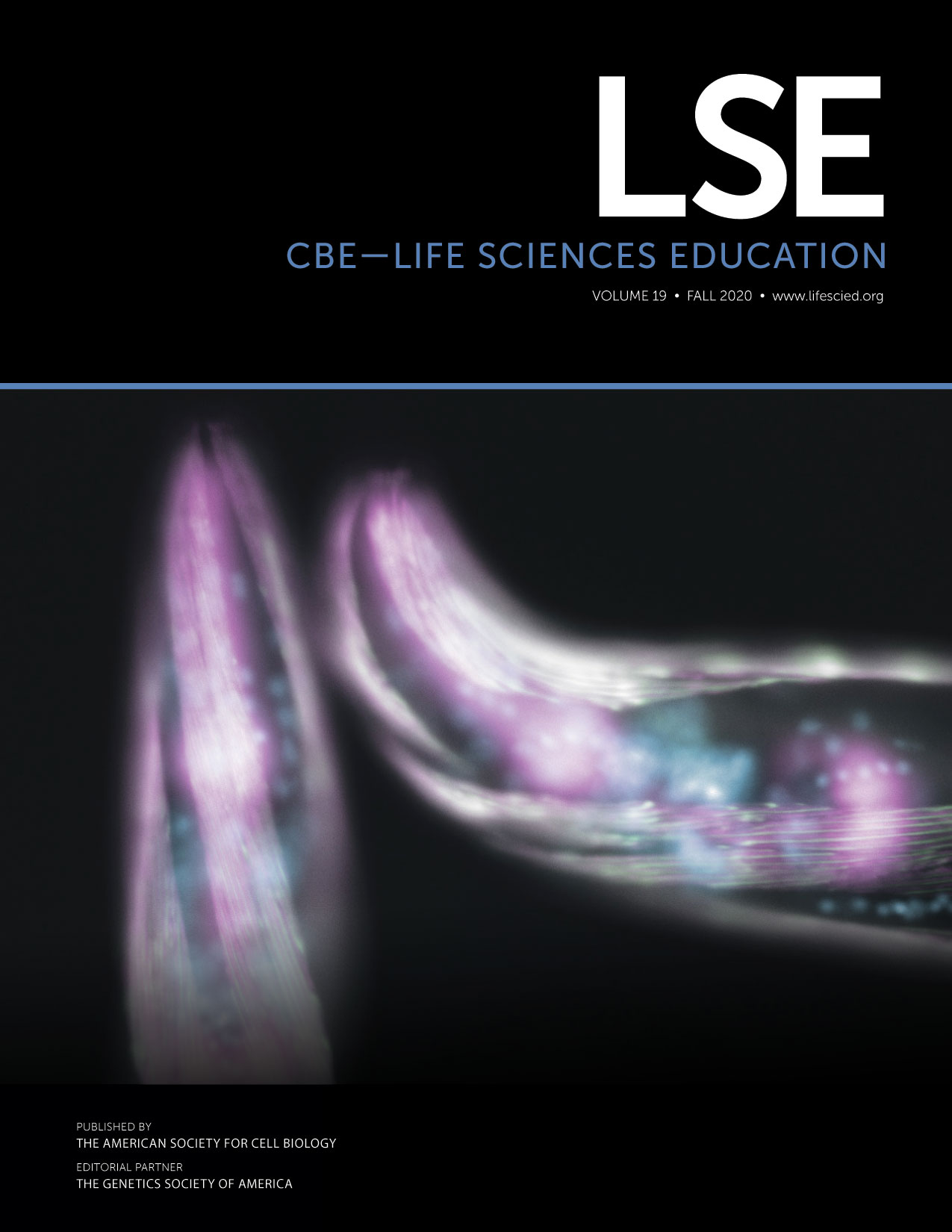Students’ Understanding of the Dynamic Nature of Genetics: Characterizing Undergraduates’ Explanations for Interaction between Genetics and Environment
Abstract
The idea of the interaction between genes and environment in the formation of traits is an important component of genetic literacy, because it explains the plastic nature of phenotypes. However, most studies in genetics education characterize challenges in understanding and reasoning about genetic phenomena that do not involve modulation by the environment. Therefore, we do not know enough to inform the development of effective instructional materials that address the influences of environmental factors on genes and traits, that is, phenotypic plasticity. The current study explores college students’ understanding of phenotypic plasticity. We interviewed biological sciences undergraduates who are at different stages of their undergraduate studies and asked them to explain several phenomena that involved phenotypic plasticity. Analysis of the interviews revealed two types of mechanistic accounts: one type described the interaction as involving the environment directly acting on a passive organism; while the other described the interaction as mediated by a sensing-and-responding mechanism. While both accounts are plausible, the second account is critical for reasoning about phenotypic plasticity. We also found that contextual features of the phenomena may affect the type of account generated. Based on these findings, we recommend focusing instruction on the ways in which organisms sense and respond.



